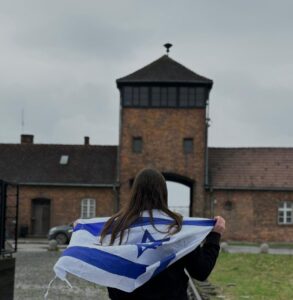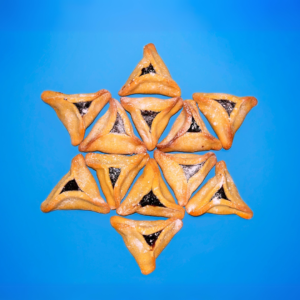Sergio Edelstein
In the beautiful cultural baggage that we inherited from Judaism, there are two holidays:
Tu B’Av and Yom Kippur. These two holidays are both very different, but paradoxically
have a commonality that relates us to one of the main educational motifs in the Tnua: the
Madim – uniform.
What do these two holidays teach us, and how is this teaching related to a main element
in the symbolism Tnuati?
In the Mishnah (Taanit 1:10), there is a clear mention of this beautiful connection: “There
were no holidays so joyous for the Jewish People as the Fifteenth of Av and Yom
HaKippurim, for on those days, daughters of Yerushalayim would go out dressed in
borrowed white clothing” (so that they would all look the same) .
The clothing, in this case, is an element which carries both meaning and form. The form
is an ordinary, white, dignified outfit, without any distinctions. The meaning is that there
were no differences between them, and no one could tell those who owned white clothes
from those who did not. Clothes do not make the man or woman; every person is worthy
as a human being.
In our tradition as a Tnua, we notice that although the form has changed according to
local or regional idiosyncrasies, the meaning has been maintained for more than seventy
years: we value our bogrim for what they do—their dedication, responsibility and
devotedness to the educational work and message of the Tnua—and not for what they
have. And so the Madim, whether they are white or brown, a shirt with epaulets or a
simple t-shirt, the important thing is that in the ken, our ken, we all have the same
uniform. And what distinguishes us is our uniqueness as human beings.
Another significance of the uniform relates us to the first of our shchavot: Bnei Midbar.
According to the tradition, Tu B’Av commemorates the day which ended the forty-year
decree of the generation who participated in the departure from Egypt (Bamidbar, 14:27-
35). The symbol of the shichva of Bnei Midbar represents the time the Israelites wandered
in the desert.
From Tu B’Av, Yom Kippur and the Simliyut Tnuatit we can learn Jewish traditions and
customs as well as traditions and customs of the Tnua. This is the most beautiful
connection between the educational message of Hanoar Hatzioni and the Jewish legacy.










